Is the Palace of Versailles Worth Visiting?
Only a few palaces can come close with the Palace of Versailles- also known as Château de Versailles- for magnificent opulence. Situated in the suburbs of Paris, this former home of French kings provides visitors the opportunity to see how French royalty lived. Louis XIV commissioned the palace as he moved France’s government to Versailles in 1682. The monarch wanted a château to match the glory of his reign. As such, the Palace of Versailles is another excellent reason to visit Paris and its environs.
The Galerie des Glaces (Hall of Mirrors) reflects the glory of the palace. Straddling from some 240 ft. King Louis XIV’s beautiful ballroom -decorated with massive arched mirrors, flashy chandeliers, and gold-covered statues- takes visitors through an impressive collection of mid-1600s luster. The domed ceiling displays Charles Le Brun’s paintings that depict the king’s famous reign. Also, the Treaty of Versailles was signed here in June 1919; an act that precipitated the end of World War I.
Receiving a whopping 7.8 visitors in 2019, the UNESCO World Heritage site is an vital part of Paris’ allure.
>>Also Read: Best Tours To Take in Paris
Here Are A Few Things To Know That Make A Visit To The Palace of Versailles Worth It
See The Beautiful Gardens At The Palace of Versailles
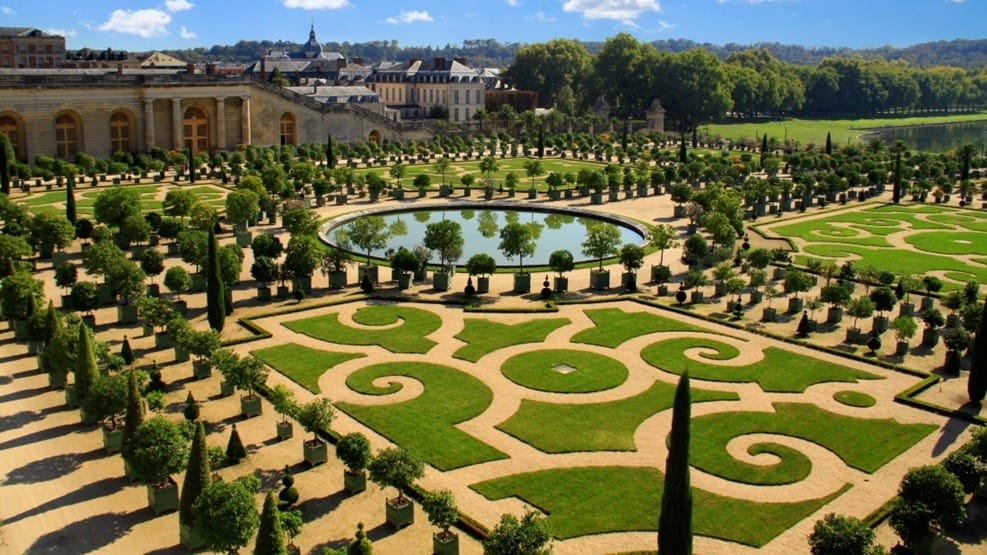
The gardens of the palace are among the long list of highlights in Versailles. With 372 statues, 600 fountains, 55 water features, and more than 20 miles of water pipes, the gardens are some of the largest and most elegant in the world. Over the years, hundreds of thousands of trees and plants have been recurrently planted. And while these make the gardens look gorgeous, in the 1600s, the fragrance from the blooms in Trianon was so overwhelming that it made visitors feel ill. It even drove some of them away.
See the Hall of Mirrors
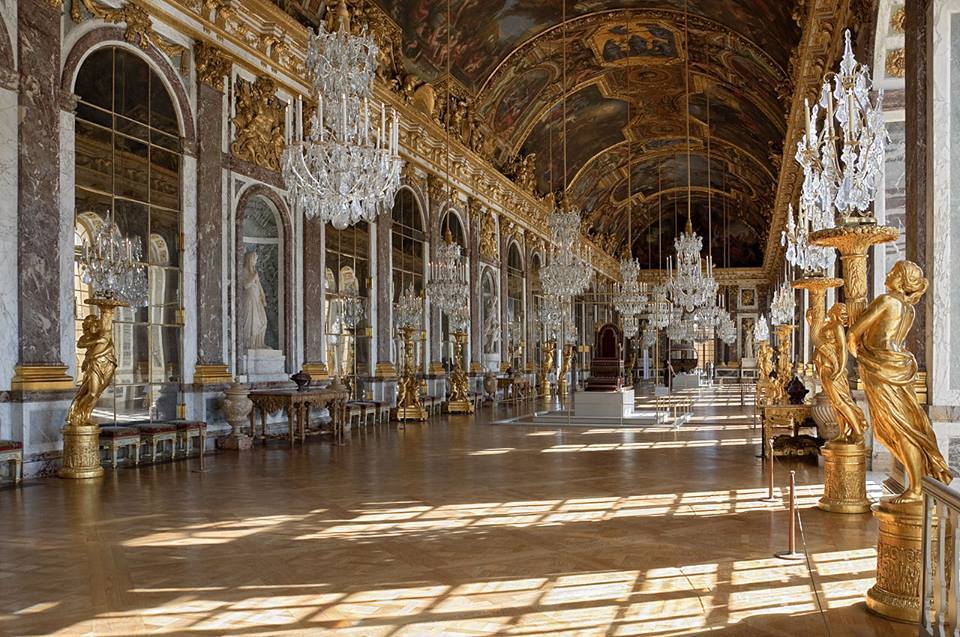
In 1678, construction first began of the Versailles’ Hall of Mirrors under the supervision of Jules Hardouin Mansart, and it has become one of the palace’s most astounding features. In the hall, there are 357 mirrors that, at that time, were among the most expensive objects to own.
The Italian city of Venice enjoyed the monopoly of making mirrors. However, France managed to attract some of their finest mirror makers to travel and make some for the palace. There is a story that to retain its monopoly and forestall the craftsmen from exposing their secrets, the government of Venice monitored the craftsmen and prevented them from leaving the city. The penalty for contempt was death.
The Palace Previously Served as a Hunting Lodge
The palace had a decent beginning. Because of his hunting hobby, Louis XIII (1601-1643) bought the land and built a castle to serve as a lodge where he would stay at night if it was late to head back to Paris or Saint-Germain-en-Laye before night. The king would later expand the chateau and buy more land. This will prompt Louis XIV to convert Versailles to a palace in the 1660s and 1670s. In 1682, he moved the nation’s government and its court there. The palace is so grand that it accommodated more than 5,000 people at some point in its history.
>>Also Read: Best Things To Do In Paris
The Famous Treaty of Versailles Was Signed in the Hall of Mirrors
Over the years, the Hall of Mirrors has seen many changes. The room was formerly lit by 20,000 candles to convert it into a ‘corridor of light’ in special events. However, it has also witnessed some of the most significant and historical moments in history. Among the special occasions is the signing of the Treaty of Versailles which was the most important of the peace agreement that brought an end to World War I. It was signed on 28 June 1919, exactly 5 years after the death of Archduke Franz Ferdinand; the event that helped the start of the war.
>>Also Read: Things To Do In Versailles
The King Ate Cold Meals Because the Kitchen Was Too Far From the Dining Room
The Palace of Versailles was large; however, the architect did not factor in the distance between the dining rooms and the kitchen. With over 5000 guests to tend to, sometimes, hundreds of servants were required to get everyone fed. Regrettably, for the king, the distance from the kitchen to his apartments was too far that his meals often came cold. But in the 1700s, Louis XV had private kitchens that were built in his own apartments.
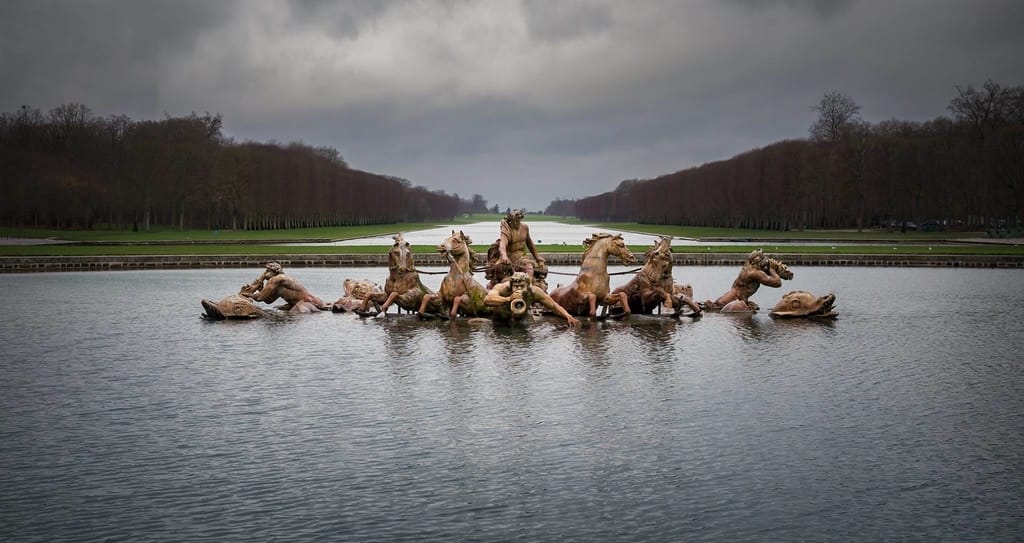
Marie Antoinette Owned a Private Romantic Hideaway on The Grounds
The spiffy wife of Louis XVI, Marie Antoinette had her own estate that was called ‘the Petit Trianon’. She made the residence her own retreat, and it had a farm area that produced dairy products and vegetables as well as a theater.
On the site was also a ‘temple of love’ that was made up of around colonnade centered with Cupid’s statue. Close to the temple, Marie Antoinette held a private cave, an isolated wide area with lush vegetation. It is said that it had two entrances and moss, which looks like the ideal getaway for secret meetings. It has to be noted that the real purpose of the place has never been confirmed.
Versailles has Housed Many Royal Menageries
It is common knowledge that Versailles hosted thousands at a time. It is also interesting to know that the palace has housed many menageries of different types of birds and animals from across the world. One of the onetime features of the palace was an expansive menagerie that architect Louis le Vau built. The place is the first to divide animal species into different and particularly modified enclosures that are visible from the balcony of La Menagerie’s central pavilion. Not long, this approach and model was adopted by the rest of the continent, and menageries of this type would later be called zoos.
The Palace of Versailles Contributed Immensely to Scientific Research
Without a doubt, the palace was synonymous with entertainment and extravagance; however, it also played an essential role in scientific research. During the Age of Enlightenment, both Louis XV and Louis XVI showed interest in science and collected instruments that had been used in astronomy, horology, cartography, etc.
With the introduction of the massive menagerie in the palace’s grounds, zoological studies festered. Doctors run experiments on a lot of animals, and the research activities carried out at Versailles led to the establishment of veterinary schools. With such big gardens, there was an advancement in the fields of agriculture and botany. The garden had over 400 botanical species like vanilla, pineapples, coffee, etc. from different parts of the world.
The Royal Gate Was Destroyed in the French Revolution
To many ordinary French people, the palace stood for everything that was wrong with royalty and the wide inequality between the rich and poor. That is why it comes as no surprise that Versailles was loathed by the poor. Marie Antoinette’s extravagant lifestyle especially caught the eye of angry revolters. In the Revolution that started in 1789, the French revolutionary regime destroyed the front gate that was entirely covered in gold. The gate was decorated and recreated, with about 100,000 gold leaves in 2008.
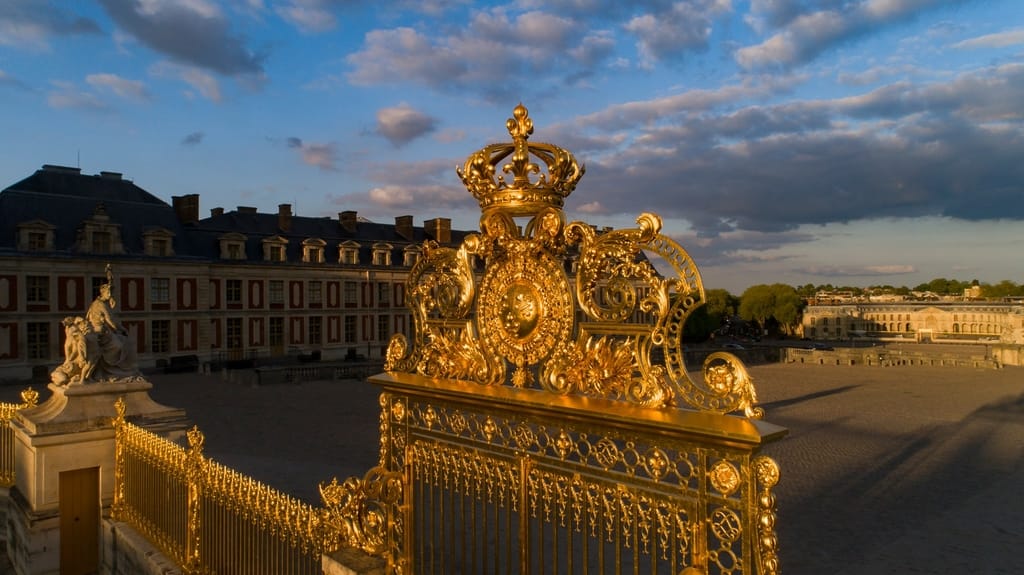
The Drink of Choice Was Hot Chocolate
Even though there was a regular supply of drinks and food at Versailles, hot chocolate was the beverage of choice for King Louis XV. In no time, everyone fell in love with the king’s favorite. Back then, the cocoa drink considered an exotic choice for the monarch and his family.
Even Marie Antoinette had a thing for hot chocolate. When she married Louis XVI in 1770, she hired and brought a chocolate maker to the court, and his job description was simply to make chocolate for Her Royal Highness.
Visit The Shops in the Palace of Versailles
Shops at Versailles’ indoor market- Marche Notre-Dame- offers specialties from olives, cured meats, and cheeses to innovative versions of the macaron. There is something royal about the mixologists at the back of the radiant circular bar making cocktails at Hotel le Louis Versailles Chateau. At night, continue to the Trianon Palace Versailles Hotel for some Michelin-starred treat worthy of a kings and queens.
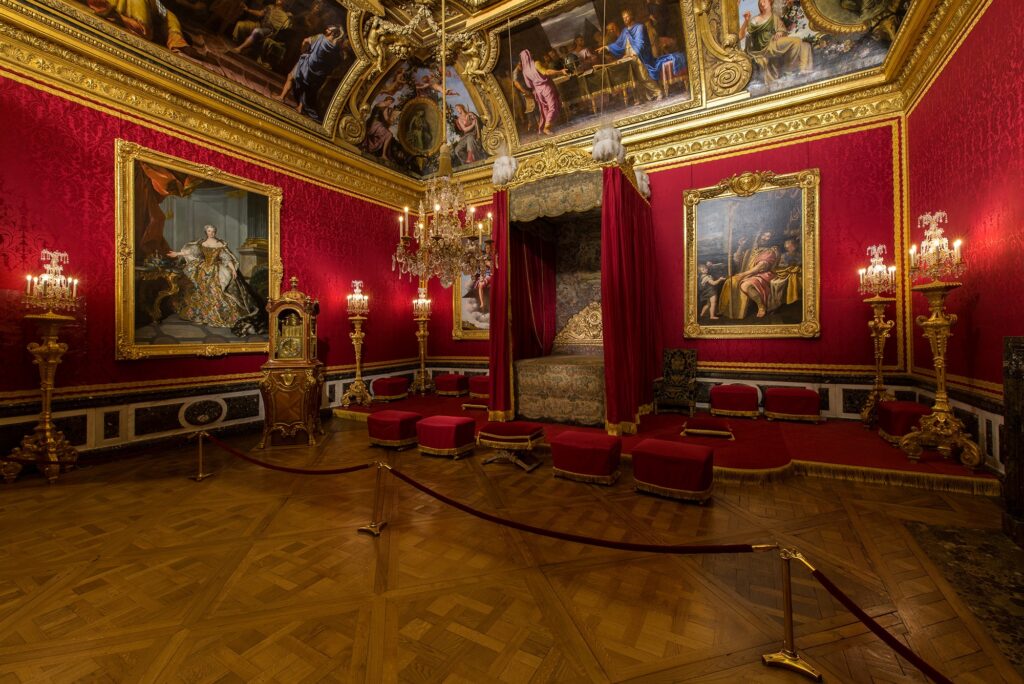
Is Versailles Worth Visiting? – Summary
The Palace of Versailles is the place to witness the most royal experience you will ever have in France. The highlights of this massive palace include the Hall of Mirrors, the beautiful Royal Chapel of Versailles, the Grand Trianon, Marie Antoinette’s apartment, and others. You can hardly go wrong with a blend of vacation bliss and the splendor of classic French royalty. Personally, I believe that the Palace of Versailles is definitely Worth Visiting.
>>Also Read: Interesting Facts About the Palace of Versailles
